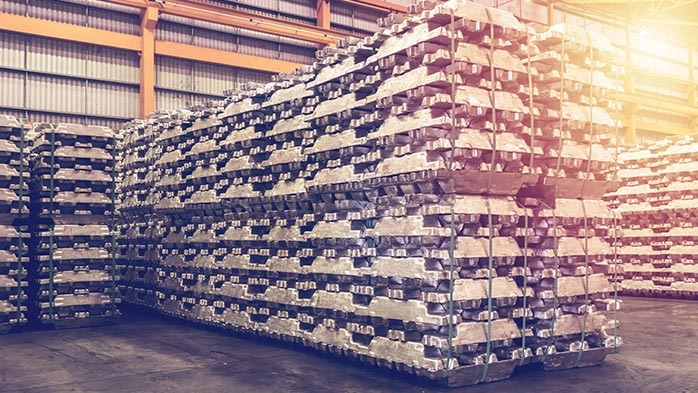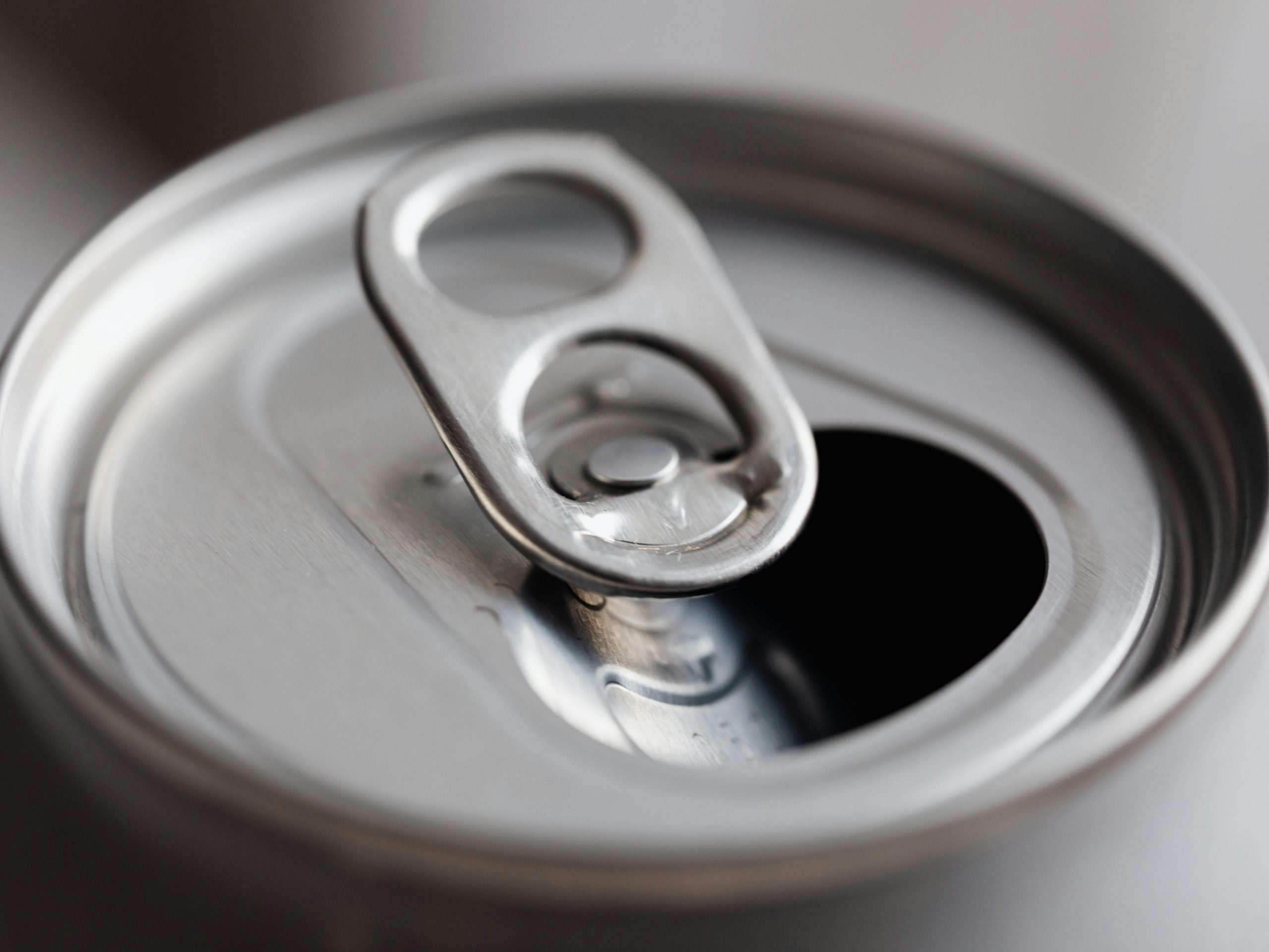Global Trade

September 29, 2025
Arconic doubles high-purity output at Davenport
Written by Nicholas Bell
Arconic has completed a $57.5-million expansion at its Davenport Works facility in Iowa, effectively doubling U.S. production capacity of high-purity aluminum, according to the company’s press release.
The new facility has the potential to exceed 90 million pounds in production capacity, according to a local WHBF-TV news report. An Arconic representative speaking to another local station, WQAD-TV, stated that the expansion should contribute 45 million to 50 million pounds of annual high-purity output.
The project was backed by a $45.5 million Title III award through the Defense Production Act (DPA) from the Department of Defense in 2023 for the purpose of bolstering the domestic aerospace and defense supply chain.
The Davenport expansion adds two furnaces designed to provide scalable U.S. supply of high-purity aluminum while reducing reliance on smelter-based methods through a proprietary production process.
Defining high-purity
High-purity aluminum is a 99.9% pure, unwrought product essential to advanced alloys for defense and aerospace applications.
In the U.S., this falls within the “high-purity” classification (99.8-99.949% Al), above the commercial grade of primary aluminum, P1020 (~99.7% Al), which is typically the base feedstock for most downstream alloy production when combined with scrap, remelt secondary ingot (RSI), and alloying agents.
There are more exacting grades colloquially referred to as “super-,” “extreme-,” and “ultra-” purity aluminum that are used in niche technological applications like semiconductors and high-energy particle applications.
The “high-purity” tier is essential for producing sheet, plate, and extrusions used in critical defense platforms such as F-35 bulkheads and armored vehicles. It also serves as the base material for downstream production of 2XXX and 7XXX series alloys, which rely on copper and zinc content for specific aerospace properties.
Defense consumption of aluminum represents about 5% of aggregate U.S. demand, according to a Secretary of Defense report to Congress. The DOD separately estimates direct military requirements account for roughly 3% of annual domestic aluminum consumption.
These concentrated needs, though relatively small in tonnage, demand the highest-specification grades of aluminum. In fact, the Commerce Section 232 investigation projected U.S. demand for high-purity grades at 250,000t/yr, with defense needs accounting for roughly 10% of that total. Domestic capacity at the time was closer to 125,000t/yr.
Viewed against that smaller domestic base, defense requirements represented closer to 20% of U.S. high-purity output. The numbers are approximate, but they highlight how national security demands a far greater weight on the limited domestic supply of high-purity aluminum than on overall U.S. aluminum consumption.
Domestic capacity
The Commerce studies highlighted Century Aluminum’s Hawesville, KY smelter as the only U.S. facility configured to produce significant volumes of high-purity aluminum.
The plant had “demonstrated capability to produce at least” 100,000t/yr, casting molten metal into sows for delivery or molten metal for shipment to nearby customers.
Four of Hawesville’s five potlines were configured for high-purity production, though actual output fluctuated. Production totaled 60,000t in 2016, for example, instead of nearing the capacity utilization that would produce at least 100,000t/yr as stated in the Commerce investigation.
The facility idled in 2022 amid high energy costs and has not resumed operations.
With Hawesville offline, the U.S. has become increasingly dependent on imports.
EGA America, Rio Tinto’s New Zealand operations, and Hydro’s facilities in Norway and Germany have all supplied high-purity grades to the U.S. market. Grades commonly imported include P0202A and P0303A.
Other North American suppliers include Nature Alu in Saguenay, Quebec, which manufactures high-purity ingot for capacitors and energy storage, with capability to produce P0202A and P0303A.
Determining the share of primary aluminum imports that would be classified as high-purity is difficult, since the category is folded into the broader “unwrought aluminum” Harmonized Tariff Schedule (HTS) code that includes commercial-grade P1020 imports.
Difference in technology
While Hawesville provided scale capacity through electrolytic smelting, Arconic has advanced production through fractional crystallization, a refining technique capable of pushing purity levels in to the ultra-high range.
This method provides a more controllable pathway to achieve aerospace- and defense-grade requirements and is central to Arconic’s Davenport expansion.
Historically, “segregated” approaches to refining aluminum into high-purity grades have had the advantage of requiring less energy consumption as well.
Downstream players
Downstream aerospace alloy producers play a crucial role in converting high-purity aluminum into finished products. Constellium and Kaiser Aluminum have long histories of supplying aerospace and defense markets with high-purity aluminum-derived alloys.
Constellium’s Ravenswood, WV, facility supplies advanced plate for military aircraft and armored vehicles, and it has partnered with the Army Tank Automotive Research Development and Engineering Center (TRARDEC) on vehicle programs.
The plant has also supported NASA’s Artemis space program and, more recently, reached a milestone in a joint program with TARMAC Aerosave to recycle aluminum scrap from end-of-life aircraft into usable alloys.
Kaiser, at the time of the 2018 Section 232 investigation, was the leading U.S. producer of sheet, plate, extrusions, and bar for aerospace and defense applications.
The company is in the midst of a Phase VII expansion at its Trentwood mill in Spokane Valley, WA, aimed at boosting plate capacity for aerospace applications. The project is scheduled for completion in the fourth quarter of 2025, according to its most recent earnings report.
Conclusion
Even with Arconic’s Davenport expansion adding around 41,000t/yr of high-purity aluminum capacity, the U.S. remains well short of the levels available a decade ago.
Century Aluminum’s Hawesville smelter, once the country’s primary source of scale production through an electrolytic process, remains idled.
The company chose to restart idled capacity at Mt. Holly rather than Hawesville, a decision likey underscored by the plant’s exposure to electricity costs – the factor that drove its 2022 shutdown.
In today’s environment, where power prices face new pressures from growth of energy-intensive data centers linked to artificial intelligence, a Hawesville restart appears even less likely.
The context leaves Arconic’s contribution as both important and limited.
Important because the company has doubled its internal high-purity capacity and deployed fractional crystallization as a new-age refining technology that positions the U.S. on firmer footing in aerospace and defense supply chains.
Limited because, if U.S. demand has maintained or grown beyond the 250,000t/yr baseline cited in the 2018 Section 232 investigation that kicked off today’s tariff environment, the gap between supply and requirement remains a critical vulnerability.
In this light, the Davenport expansion marks a step forward, but it does not eliminate what continues to be the most defensible case within the aluminum sector to argue that targeted support is necessary to safeguard defense supply chains.
On the other hand, it’s important not to let capacity comparisons become misleading. Century’s historical “high-purity” figures, and those often cited for Chinese producers, reflect different standards of purity. In China and Japan, much of what is classified as “high-purity” refers to grades refined for technology applications such as sputtering targets, where purity thresholds extend beyond the U.S. aerospace definition.
Arconic’s expansion is geared toward the 99.9% class of aluminum that underpins aerospace and defense alloys. At roughly 40,000t/yr, the Davenport facility represents only a modest share of U.S. “high-purity” demand.
Yet when measured against the high-purity threshold often associated with Asian producers supplying technology markets, like sputtering targets, the scale of Arconic’s new capacity would place it among the larger global players.
The distinction is while the facility is capable of producing to those elevated specifications, its output is geared toward flowing into aerospace and defense applications, given its funding and historical end markets, leaving its ultimate effect on U.S. demand as a modest reduction in import reliance rather than a transformational shift.
That said, unlike other aluminum product categories, where national-security rationale can be debated, high-purity aluminum stands apart as a defense-critical feedstock whose availability is vital to U.S. defense programs.
While the expansion only takes a modest bite out of aerospace and defense demand that would otherwise need to be met by imports, it still represents roughly 20,000t that can now be sourced domestically.








